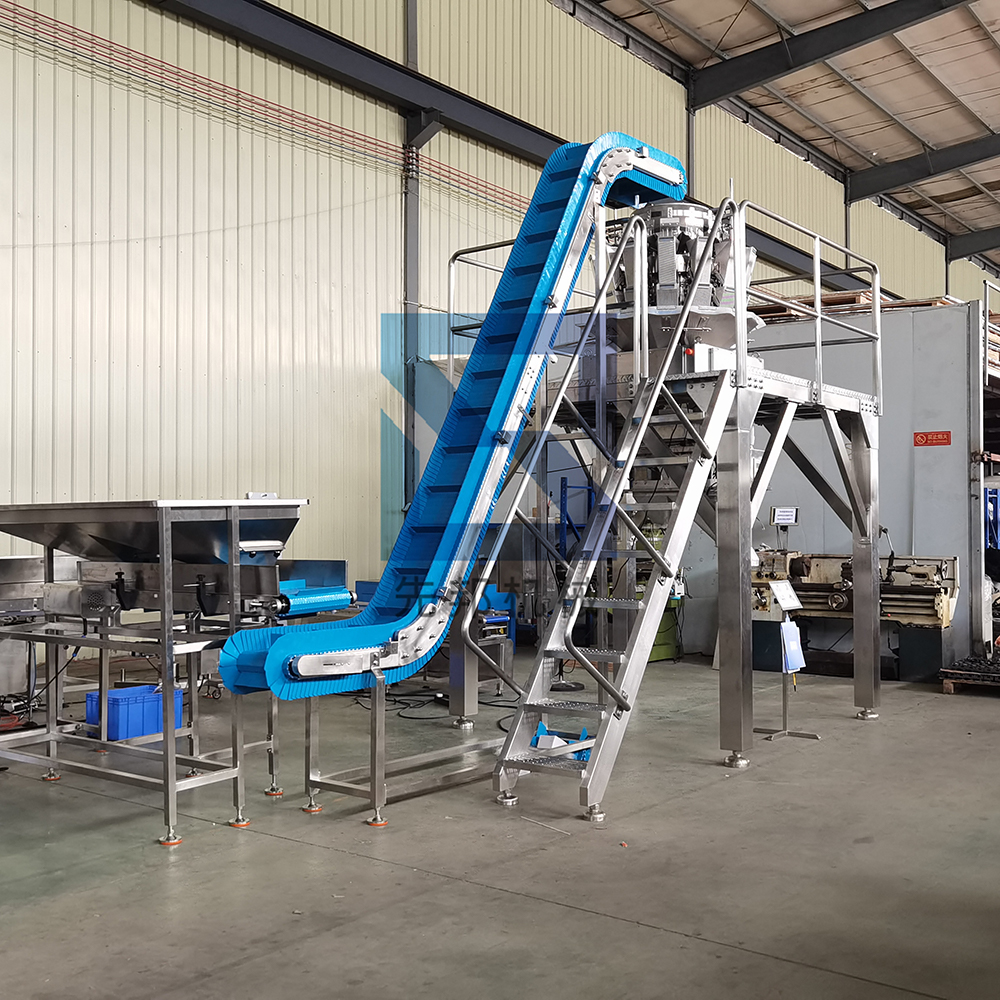5 key steps for daily maintenance of elevators to extend the life of equipment!
As an indispensable equipment in industrial production, the stable operation of the elevator is directly related to production efficiency and safety. In order to ensure the long-term and efficient operation of the elevator and extend the life of the equipment, daily maintenance is essential. The following are 5 key steps for daily maintenance of the elevator to help you better manage and maintain the equipment.
Step 1: Check the lubrication system regularly. Lubrication is the basis for the normal operation of the elevator. Moving parts such as chains, bearings, gears, etc. require sufficient lubrication to reduce friction and wear. Check the quality and oil level of the lubricant regularly, and replenish or replace the lubricant in time. For equipment in high temperature or high load environments, it is recommended to use high-performance lubricants that are resistant to high temperatures and wear. At the same time, pay attention to cleaning dust and impurities in the lubrication parts to avoid clogging the oil circuit.
Step 2: Check the tension of the chain or belt. The chain or belt is the core transmission component of the elevator, and its tension directly affects the operating efficiency of the equipment. Too loose will cause slippage or derailment, and too tight will increase wear and energy consumption. Check the tension of the chain or belt regularly and adjust it according to the equipment manual. If the chain or belt is found to be severely worn or cracked, it should be replaced in time to avoid causing greater equipment damage.

Step 3: Clean the inside of the hopper and casing. Materials may remain or accumulate inside the hopper and casing during transportation. Long-term accumulation will increase the resistance to equipment operation and even cause blockage. Regularly clean the residual materials inside the hopper and casing to ensure that the equipment is clean. For materials with high stickiness, special tools can be used to clean them thoroughly after stopping.
Step 4: Check the motor and drive device The motor and drive device are the power source of the elevator, and their operating status directly affects the overall performance of the equipment. Regularly check the temperature, vibration and noise of the motor to ensure that it operates within the normal range. At the same time, check whether the connecting parts of the drive device are loose, whether the belt or coupling is worn, and tighten or replace them if necessary. For frequency conversion controlled elevators, it is also necessary to check whether the parameter settings of the frequency converter are reasonable.
Step 5: Comprehensively check the safety device The safety device of the elevator is an important barrier to ensure the safety of equipment and personnel. Regularly check whether the functions of safety devices such as overload protection, chain break protection, and emergency braking are normal to ensure that they can respond in time in an emergency. For worn or failed safety parts, they should be replaced immediately, and the inspection results should be recorded for subsequent tracking and maintenance.
Through the daily maintenance of the above 5 key steps, the service life of the elevator can be effectively extended, the failure rate can be reduced, and production efficiency can be improved. At the same time, it is recommended that enterprises establish a complete equipment maintenance record, regularly evaluate and optimize the maintenance effect, and ensure that the elevator is always in the best operating state. Only by implementing daily maintenance can the elevator play a greater role in industrial production.
-
05-14
Design requirements for unpowered roller conveyors
Unpowered roller conveyors are easy to connect and filter. Multiple unpowered roller lines and other conveying equipment or special machines can be used to form a complex logistics conveying system to meet various process needs. Accumulation and conveying of materials can be achieved by using accumu
-
05-10
Industry application areas of a fully automatic granule packaging machine
Today, I will introduce the industry application field of a fully automatic granule packaging machine. Nowadays, there are many kinds of granule products that we often see in various industries, such as food, daily chemicals, chemicals, seeds, daily chemicals, grains, condiments, tea, sugar, washing
-
05-07
The development of domestic packaging machinery industry
Development of domestic packaging machinery industry. Before liberation, my country's packaging machinery industry was basically blank. Most products did not need packaging, and only a few products were packaged manually, so there was no mention of packaging mechanization. Only a few large citie
-
04-30
The automation revolution in pellet packaging machine production line: improving efficiency and precision
With the development of modern industry, the demand for granule packaging machine production lines is increasing. While pursuing efficiency and precision, enterprises are also paying more and more attention to the automation degree and application scope of packaging equipment. The fully automatic gr

